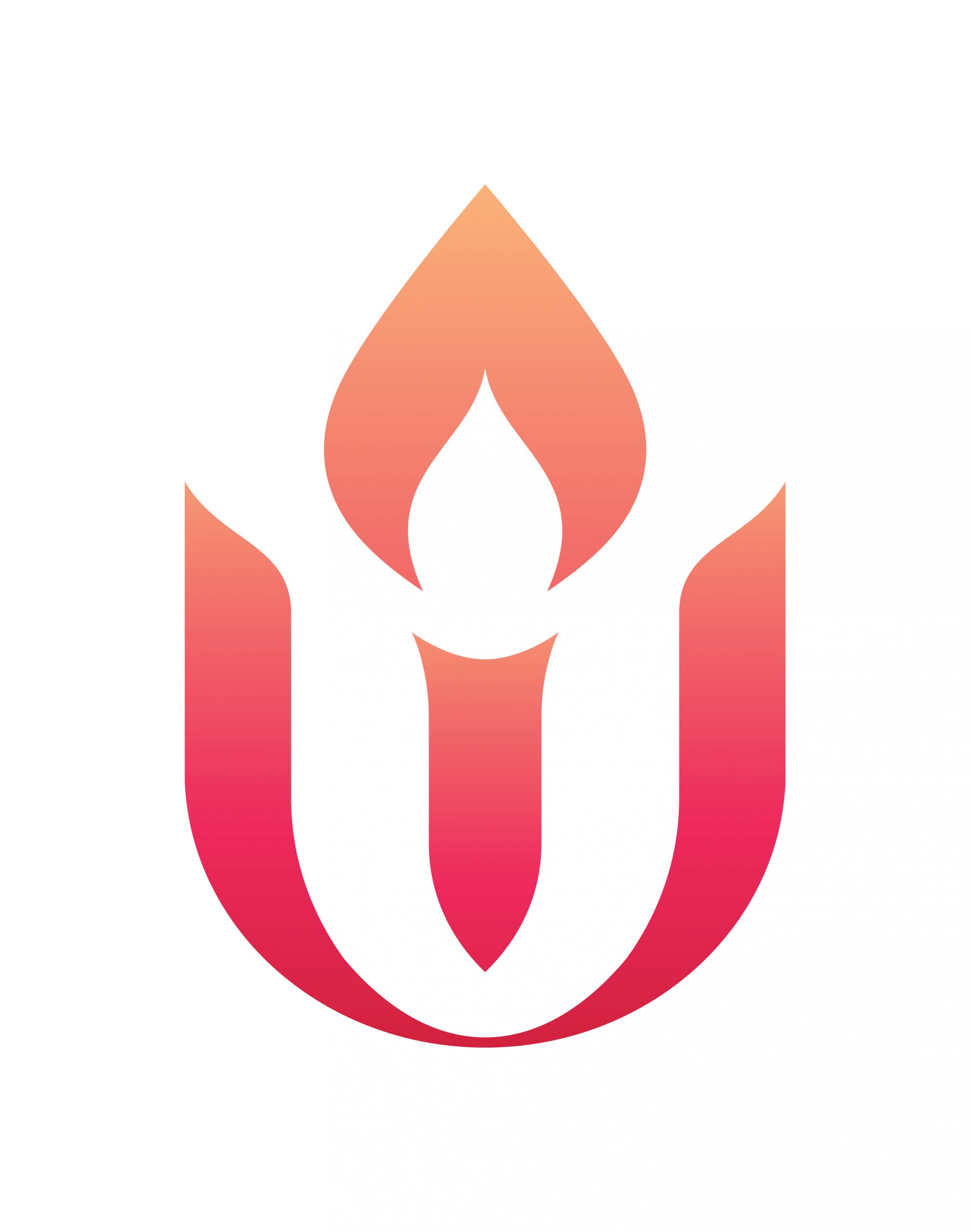Notes on Two Hundred Years (and More)
by Douglas H. Parkhurst
Organized Unitarianism came to Connecticut later than did Universalism. The first Unitarian church in the state was First Ecclesiastical Society, a Congregational church in the town of Brooklyn, in the northeast part of Connecticut. In 1822 this Brooklyn church followed the lead of many Congregational churches in nearby eastern Massachusetts by calling a Unitarian, the young Rev. Samuel Joseph May, as its minister. By 1850 there were three more Unitarian groups in Connecticut, in Hartford, Norwich, and Southington. In contrast, by 1835 Connecticut had about a dozen Universalist societies and a state convention organized in 1832.
At mid-twentieth century Unitarian churches were found in Hartford and New London (Unitarian-Universalist). By then the Brooklyn church was inactive. Unitarian fellowships (see more information below) were added in Westport in 1949, New Haven in 1950, Pomfret in 1956, and Storrs in 1957. The Westport and New Haven fellowships each gained full church status soon after they organized. The Brooklyn group was identified as a fellowship in the 1961-1962 directory of the newly consolidated Unitarian Universalist Association. Several more fellowships were formed in Connecticut in the 1960s, including the short-lived Housatonic Valley Unitarian Fellowship in New Milford.
In 1945, as the Second World War was ending, the American Unitarian Association (AUA) revisited an idea from the past to organize “lay-centers” or “lay-units” in communities which lacked a formal liberal religious presence. A denominational committee was formed to oversee this effort and a layman, Munroe Husbands, was appointed director. These new groups, re-designated “fellowships,” would be lay-led, with a minimum of ten members, a statement of purpose, bylaws, and a financial commitment to the AUA. Fellowships were not intended to start as full-fledged Unitarian churches though some evolved as such. Others remained small with active lay leadership and programming but no full time minister. Nor did all fellowships survive.
Denominational historian Carol R. Morris has written of fellowships that the AUA would “facilitate their birth, allowing them to find their own identity, develop their own style, and produce their own leadership.” The first modern fellowship was organized in Boulder, Colorado, in 1948. By 1957 more than 200 had been established. In the spring of 1964 George and June Volckhausen, residents of North Salem, New York, determined to form a Unitarian fellowship in Ridgefield, Connecticut. The Volckhausens were committed and enthusiastic. While living in Pennsylvania in the 1950s they helped to organize a most successful fellowship which today is the Main Line Unitarian Church of Devon. On June 4 and 21, 1964, initial meetings of the Unitarian Fellowship of Ridgefield were held at the Ridgefield Community Center, 316 Main Street. Twenty-one men and women became founding members with Sunday services and activities planned for the coming months. Guest speakers were engaged, one of the first being author Merle Miller. The Fellowship began meeting at Odd Fellows Hall on King Lane; subsequently it occupied space in a nearby building that once housed a kennel.
Given Ridgefield’s proximity to Danbury the Ridgefield Unitarians and Danbury Universalists began to take note of each other. Rev. Ralph Bailey, minister in Danbury, spoke at least once at a Sunday service in Ridgefield.
Soon it was evident the two congregations could accomplish more working together than apart and in June 1966 each voted to pursue plans to merge. Rev. Bailey would continue as minister and it was agreed to sell the Danbury Universalist Church building at 347 Main Street though this latter decision came only after debate.
The merger was completed that autumn and the Unitarian Fellowship of Ridgefield and the First Universalist Unitarian Church of Danbury (as it was known since 1960) united under a new name, Unitarian Universalist Society of Northern Fairfield County. The UUSNFC literally met in the middle at a new location, a rented building known as the old Connecticut Inn at 6 West Starrs Plain Road in Danbury, just off route 7 near the Ridgefield town line. Services were also conducted at Danbury’s Morris Street School prior to the Society’s 1970 purchase of property and move to West Redding. An exciting and significant new chapter was being added to an old, old story!
